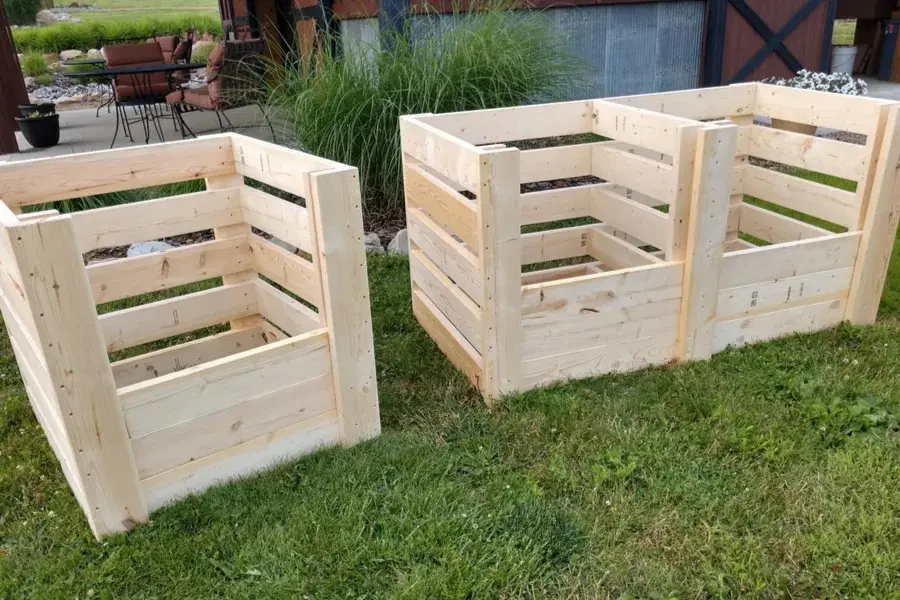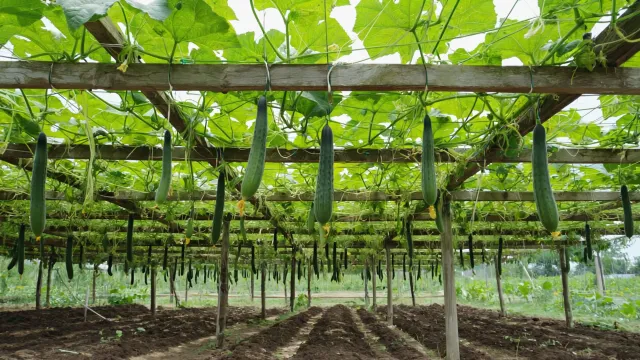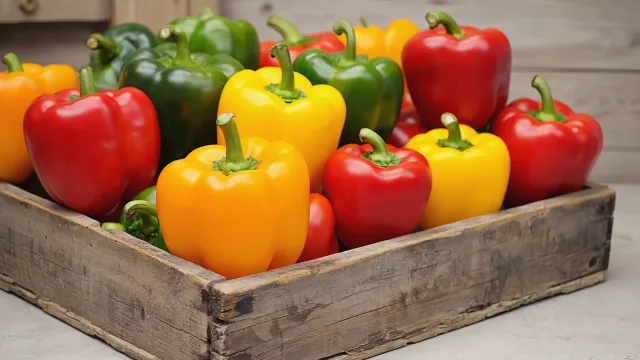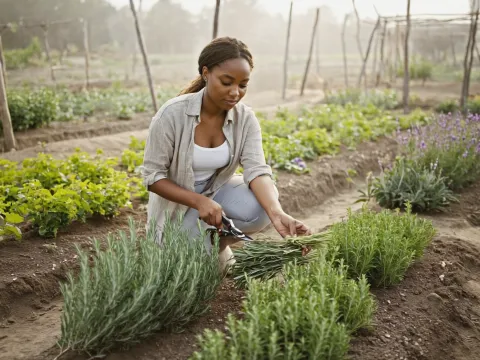Published on May 14, 2025
Last updated: June 3, 2025 · ⏱ 4 min read
Easy DIY Compost Bin for Urban Gardens

Understanding the Importance of Composting
Composting plays a vital role in sustainable gardening practices, especially in urban areas where space is limited. By recycling organic matter, you can significantly reduce the amount of waste sent to landfills while simultaneously enriching your soil. This natural process not only contributes to healthier plants but also helps mitigate environmental issues such as greenhouse gas emissions. As more city dwellers seek to create green spaces, understanding how to effectively compost becomes increasingly essential.
Choosing the Right Location for Your Compost Bin
The first step in creating a DIY compost bin is selecting an appropriate location. Ideally, your compost bin should be situated in a sunny spot, as warmth accelerates decomposition. However, too much sun can dry out the compost, so finding a balance is crucial. Aim for an area that is easily accessible for adding materials and turning the compost. Avoid placing your bin too close to trees or shrubs, as their roots can compete with your compost for nutrients.
Selecting the Best Materials for Composting
To create nutrient-rich compost, it’s essential to use the right mix of materials. Compostable items can generally be categorized into two groups: greens and browns. Greens include nitrogen-rich materials like fruit and vegetable scraps, coffee grounds, and grass clippings. Browns consist of carbon-rich materials such as dried leaves, cardboard, and straw. A good rule of thumb is to maintain a ratio of about three parts browns to one part greens. This balance encourages efficient decomposition and minimizes unpleasant odors.
Building Your DIY Compost Bin
Constructing your own compost bin can be a rewarding project. You can use various materials, including wood pallets, wire mesh, or even repurposed plastic containers. If you opt for wooden pallets, arrange them in a square or rectangular shape, securing the corners with nails or screws. Ensure that there is proper airflow, as oxygen is crucial for the composting process. If you prefer a more enclosed structure, consider using a large plastic bin with holes drilled in the sides for ventilation.
Maintaining Your Compost Bin
Once your compost bin is set up, maintaining it is key to producing high-quality compost. Regularly adding materials is important, but you should also turn the compost every few weeks. This aeration helps speed up decomposition and prevents the bin from becoming too compact. You can use a pitchfork or shovel to mix the layers thoroughly. Keep an eye on moisture levels as well; the compost should feel like a damp sponge. If it becomes too dry, add some water, and if it’s too wet, incorporate more browns to balance the moisture.
What Not to Compost
While many organic materials are suitable for composting, some should be avoided. Do not include meat, dairy products, or oily foods, as these can attract pests and create unpleasant odors. Additionally, avoid composting diseased plants, weeds that have gone to seed, or materials treated with pesticides. These items can introduce harmful pathogens or chemicals into your compost, ultimately affecting the health of your garden.
Understanding the Composting Process
The composting process involves microbial activity that breaks down organic matter into nutrient-rich compost. This process typically takes anywhere from a few weeks to several months, depending on various factors such as temperature, moisture, and the types of materials used. As microorganisms break down the materials, the compost will heat up, and you may notice steam rising from the bin. This is a sign that decomposition is actively occurring. Over time, the compost will transform into a dark, crumbly substance that is rich in nutrients.
Using Your Finished Compost
Once your compost is ready, it can be used in numerous ways throughout your urban garden. Incorporate it into your garden beds to enhance soil structure, improve water retention, and provide essential nutrients for your plants. You can also use compost as a top dressing for lawns or as a component in potting mixes for container gardens. The versatility of compost makes it an invaluable resource for any gardener looking to promote healthy plant growth.
Composting in Small Spaces
For those living in apartments or homes with limited outdoor space, composting is still achievable. Consider using a worm bin, or vermicomposting, which allows you to compost indoors using red wigglers. These worms will eat your kitchen scraps and produce nutrient-rich worm castings, which can be used similarly to traditional compost. Many compact composting systems are available that fit neatly on a balcony or countertop, making it easy to incorporate composting into your urban lifestyle.
Engaging Your Community in Composting
Composting can also be a community effort. Consider starting a community composting program in your neighborhood or joining an existing one. This collaboration not only helps manage organic waste but also fosters a sense of community and shared responsibility for the environment. You can organize workshops to educate others about the benefits of composting and share tips for creating effective compost systems.
Troubleshooting Common Composting Issues
Even with proper care, you may encounter some challenges while composting. If your compost smells bad, it may be too wet or contain too much green material. Mixing in more browns and ensuring proper aeration can help alleviate this problem. If your compost pile isn’t breaking down, it may lack moisture or the right balance of materials. Regularly check on your compost and make adjustments as necessary to keep the process on track.
The Environmental Benefits of Composting
Beyond the benefits of enriching your garden, composting helps store carbon in the soil, keeping it out of the atmosphere where it contributes to the greenhouse effect

Written by Soufyan from GrowToGrub
Soufyan is a gardening educator and founder of GrowToGrub. Through simple guides, easy recipes, and practical life hacks, he helps everyday growers turn small spaces into sustainable, delicious, and chemical-free living.


